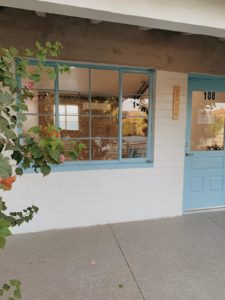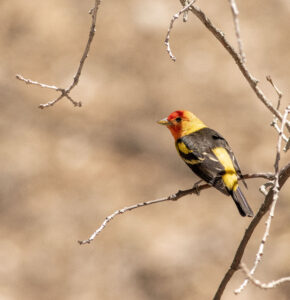
The Clark County Wetlands Park
Today is World Wetlands Day – a day where we celebrate all of the amazing things wetlands provide!
If you live in Vegas, you might know of our very own wetlands park on the southeast side of the valley. What you might not know is the history surrounding it and all the benefits this area has to offer.
One of the many parks managed by Clark County Parks and Recreation, the organization’s mission is to preserve and enhance our natural and cultural resources and provide educational, recreational, and research opportunities to the public.
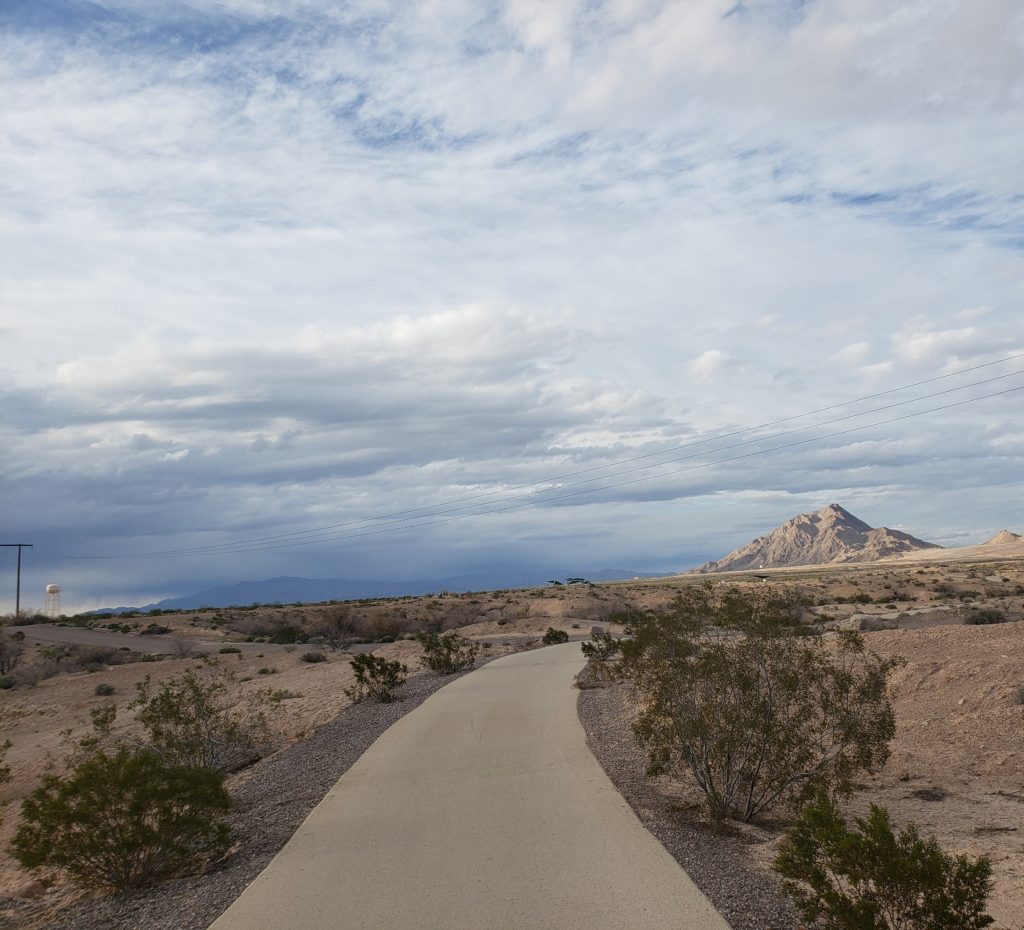
With more people at home during the pandemic, seeking ways to recreate safely, many visited the Wetlands Park. Open from dark to dusk, people wanting to enjoy the outdoors without going far from home found a reprieve.
Elizabeth Bickmore, the park’s Senior Program Administrator, oversees its operations and land management activities. She shared what they’ve observed throughout the last year and how they responded.
“We have experienced a 99% increase in visitation since January 2020,” she said. More than 547,000 people have been to the park over the last year as we have been an important place the community can visit [and] connect with nature.”
During lockdown, the Park closed its indoor exhibit gallery and took its regular programs online. The Park modified its volunteer program and stewardship activities to remain active and support the park. This, in anticipating whatever the new normal is after the pandemic.
“We now offer virtual Watercolor Nature Journaling classes, Wetlands Explorer Club, Nature Tykes at a Distance, and virtual school field trips,” she said. “We are producing nature videos and sharing them through social media.”
The Wetlands Park History
Discussing the park’s history, Bickmore shared that its origins intertwine with the Las Vegas Valley’s development.
“As the valley’s population grew, so too did the need for treating wastewater from peoples’ homes and businesses,” she said. “In the 1950s, the Clark County Sanitation District, now known as the Clark County Water Reclamation District, started treating wastewater and discharging highly treated reclaimed water to a dry desert wash.”
Bickmore explained that with the increased population, the flow also increased. This caused the wash to become a stream that eventually drained the entire Las Vegas Valley’s watershed into Lake Mead. This brought nutrients to the area, causing nearly 3,000 acres of wetland and riparian habitat to grew around the Wash.
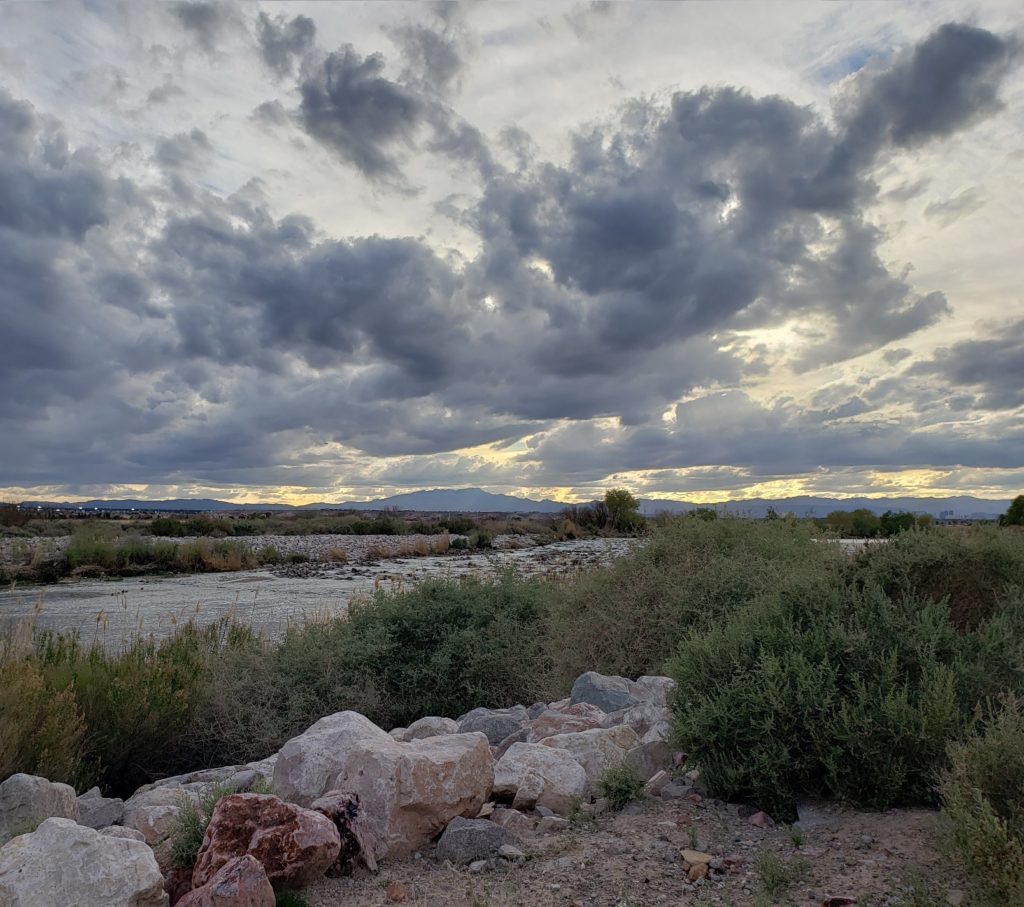
“The mountains that encircle the valley create the watershed,” she said. “All the storm water, urban runoff, groundwater, and highly treated effluent flows downhill to the Las Vegas Wash and through the Clark County Wetlands Park, under Lake Las Vegas [and] out to Las Vegas Bay at Lake Mead.”
Growing wild for years, this area remained unmanaged and susceptible to dumping, wildfires, and other unregulated activities.
Over time, floods caused erosion and altered the wash’s channels, which affected water quality. It also impacted infrastructure like the Las Vegas Lateral: a pipeline that brought drinking water to the valley.
Bickmore shared that a group of citizens who recognized this area’s value and wanted to address these concerns came together to form the Las Vegas Wash Development Committee.
“Through their passion and commitment, they successfully petitioned Clark County to establish the Wetlands Park, formally creating the 2,900-acre park in 1991,” she said. “Federal, state, and local land managers and interested stakeholders also worked together to form the Las Vegas Wash Coordination Committee.”
She added that a master plan made in 1994 guided its development. This included “a framework and funding strategy to address the ecological and water quality issues in the Las Vegas Wash and help support the development of the Clark County Wetlands Park.”
The Wetlands Park Today
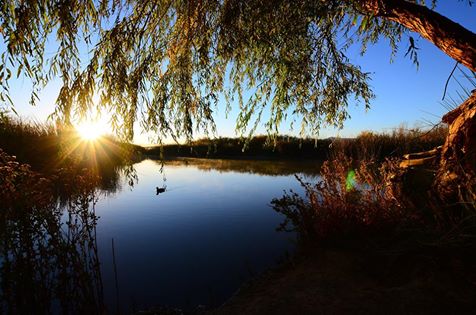
“[The] Wetlands Park is vastly different than it was in 1991,” Bickmore said. “We have transformed the wasteland into a lush ribbon of green that lies in stark contrast to the surrounding desert.”
Today, the park offers a LEED Certified Nature Center, more than 20 miles of trails, and 5 trailheads. Made up of thriving aquatic, wetland, riparian, and upland habitats, the area provides homes for more than 300 species of birds and 70 other wildlife species.
To protect the area from weathering, 21 erosion control structures built around the park control flooding and improve water quality. Native trees like willow and cottonwood replaced non-native salt cedar, which helped to reduce wildfires.
“This once untamed area has become a highly managed park that protects ecological and cultural resources,” she said. The park now provides the community research opportunities and “a treasure trove of ways to get outdoors and connect with nature.”
Bickmore then discussed how the wetlands benefit the environment. Protecting and purifying our water supply, the wetlands slow down the wash’s flow, filtering pollutants and improving water quality as it moves through the system.
“The wetlands, in conjunction with the erosion control structures in the wash, have significantly improved water quality entering Lake Mead,” she said.
The plants growing in the water and along the banks also protect the surrounding areas from flooding. This causes a slower current, which the erosion control structures then spread out.
“The slower the flows, [the] less erosive forces,” Bickmore explained.
Flora and Fauna
The Wetlands also provide habitat for various wildlife, hiking, photography, birding, and other recreational opportunities.
Located on the North American Flyway, the park experiences a great diversity of birds. There are the most species to be seen during cooler months while migrating through. Though, many do nest and live in the park year-round as well.






(Photos by Philip Martini)
If you’re visiting the park, you may spot water birds such as great blue herons, Canadian geese, and American pelicans; raptors like red-tailed hawks, eagles, great horned owls, and barn owls; and other birds like Roadrunners and quail.
To many visitor’s surprise, beavers, raccoons, foxes, and coyotes live in the park, in addition to butterflies like the Monarch. Reptiles such as gopher snakes, common kingsnakes, and even iguanas reside there, too.
This makes the Wetlands Park a prime spot for bird-watchers and others wishing to observe wildlife right outside their backdoor.
(Article continues after the ad)
Please follow our fantastic site sponsors! They make content like this possible! 🙂
Rules & Regulations
With the Wetlands Park’s sensitive biological and cultural resources, misconceptions about the park, the recreation allowed there, and other issues threaten the area.
For one, motorized vehicles aren’t allowed within the park boundary. When people illegally drive through the area, they damage important vegetation, disrupt or harm wildlife, and destroy vital ecosystems.
Fishing isn’t allowed as the wash combines treated and untreated water, making it unsafe to consume fish caught there. Swimming and boating, as well as hunting, are also prohibited.
Unfortunately, there is also an issue of people who release unwanted pets into the park.
“In reality, they actually die either because they don’t know how to find food or get eaten by predators like coyotes, snakes, and birds of prey,” Bickmore said. Another issue that this creates is introducing a species that may become invasive, disrupting the park’s resident species.
“We don’t have any native fish, turtles, or frogs since this area is [man-made],” she said, adding that the bullfrogs have devastated the native frog population. Presently, there are some invasive plants in the park, including salt cedar and tall whitetop.
Protecting the most sensitive species, the 210 Nature Preserve remains off-limits to dogs and bikes. Dogs cause harm to wildlife and affect nesting birds, even when on leash.
“Leashed pets and bicycles are welcome everywhere else in the park.”
To protect the birds, the park prohibits the flying of drones and model aircraft within the park. Before you visit the area, please view and follow the rest of Wetland Park’s rules. Frequently asked questions are also available on the page.
Other Threats to the Park
An issue that affects the park are the storm flows when it rains. The surges flood the wash every time it rains, bringing all the debris caught from storm channels into the park.
“What happens upstream makes its way downstream,” Bickmore said. “Clark County has instituted the ‘Keep Clark County Clean Campaign’ to help raise awareness about properly disposing of trash and keeping our community clean.”
On top of pollution, climate change also threatens the park by affecting plants like trees and shrubs. As temperatures increase, they become stressed and prone to disease. Animals relying on the vegetation lose their homes or food sources, and the food web becomes threatened.
Development is another threat to the area, as several projects threaten to impact the park in the future. These projects include:
- An extension from Hollywood Boulevard is planned to cross through the park to connect Henderson to Sunrise Manor;
- The I-11 corridor is considering a route through the Wetlands; and,
- The Transwest Powerline Project plans a corridor through the lower portion of the Wetlands Park, impacting the Wetlands Park Loop Trail.
Many groups are working to protect the park, halt these projects, and work on related legislation and policy. This includes the Desert Wetlands Conservancy and the Toiyabe Chapter of the Sierra Club here in Southern Nevada.
Help Protect the Wetlands
For Nevada residents, Bickmore outlined a few ways to help the Wetlands Park stay beautiful. This starts with the simplest of actions: properly dispose of your trash while visiting to keep debris out of the waterways.
Next is to volunteer at the park as a Wetlands Watchers, Education Facilitators, or Information Hosts (to name a few positions) or join a monthly stewardship event with a participating group.
Become a friend of the park through the Wetlands Park Friends group.
Donations, large or small, help protect and maintain the park.
“[Contributions] provide for school tours, plantings, educational programming, benches, and maintenance,” Bickmore said, adding they also have a donor wall for lasting donation and to call for more information.
The Wetlands also offer educational opportunities and events, including their annual ‘Haunt the Wetlands,’ ‘BioBlitz,’ ‘Work Migratory Bird Day,’ and ‘Wetlands Discovery Day’.
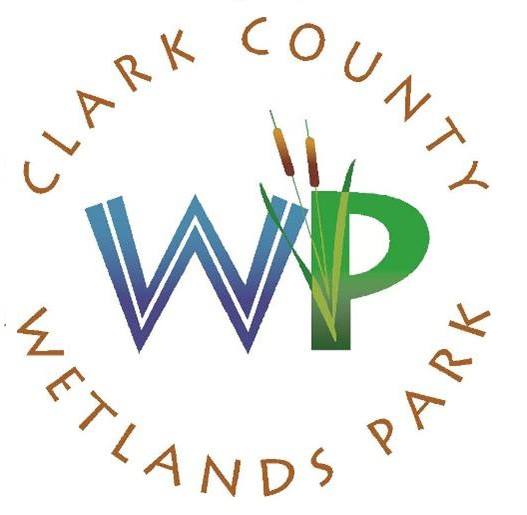
“We are growing our programs, improving the visitor experience through new signage and creating a Nature Play Corner interpretive area,” Bickmore added.
To learn more about the Clark County Wetlands Park or get involved, visit ccwetlandspark.com. And follow them on Facebook, Instagram, or Twitter.
Contact the park at (702) 455-7522 or wetlands@clarkcountynv.gov with any questions or concerns.
* Updated on 2/17/21 to make the correction for the use of the word “sewage” and put a more proper word, “reclaimed water.” Untreated human waste is NOT released into the Las Vegas Wash.
Thank you to our supporters and sponsors!
As always, we want to thank our Patreon’ Cultivator’ supporters and sponsors who help make content like this possible.
The following Patron(s) supported the production of this article:
Crystal Gropp
The following sponsors supported the production of this article:
Viva La Compost & LunaKai Lash

